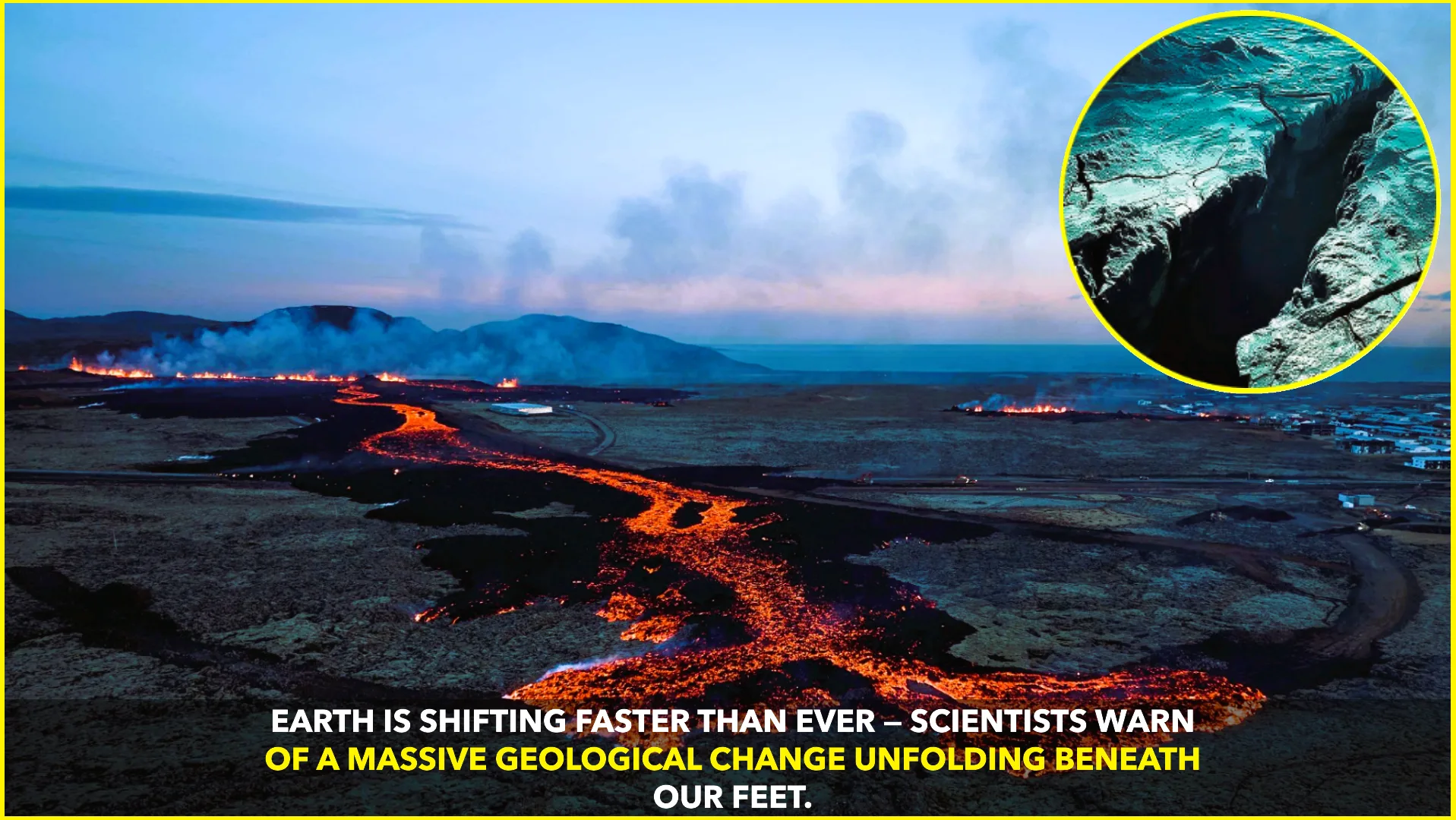In a breathtaking moment of natural art seen from space, NASA has recently released a stunning satellite image of the Amazon River that left scientists and nature lovers worldwide mesmerized. The image, captured by one of NASA’s Earth-observing satellites, shows the world’s largest river by volume winding through the Amazon rainforest in a shape eerily reminiscent of a giant anaconda.
This incredible photo not only highlights the Amazon River’s immense scale, but also serves as a powerful reminder of the planet’s complex and beautiful natural systems. Stretching over 6,400 kilometers (approximately 4,000 miles), the Amazon River meanders through dense, emerald green rainforests, carving its path like a serpent across the heart of South America.
According to NASA Earth Observatory, the image was taken using the Operational Land Imager (OLI) aboard the Landsat 8 satellite. The satellite orbits Earth at an altitude of around 705 kilometers (438 miles), offering a bird’s-eye view of the terrain below. In this particular snapshot, cloudless skies provided a rare, unobstructed view of the Amazon’s twisting flow, revealing its curvaceous route in vivid clarity.
The serpentine resemblance of the Amazon in the image is no coincidence. Meandering rivers like the Amazon develop their signature curves through centuries of erosion and sediment deposition. As water flows, it erodes the outer banks and deposits sediment on the inner banks, forming wide, sweeping bends. Over time, these bends intensify, creating the sinuous patterns that give rivers their snake-like appearance.
Dr. Alex Gardner, a NASA Earth scientist, described the image as “a perfect illustration of dynamic geography and the raw power of water to shape our planet.” He added, “Seeing the Amazon from space in this form reminds us how nature, over millennia, crafts beauty on a scale that can only truly be appreciated from above.”
The Amazon River Basin is home to more than 400 billion individual trees, 3,000 species of fish, and hundreds of indigenous communities. Its ecological importance cannot be overstated—it serves as a major carbon sink, playing a crucial role in regulating the Earth’s climate. In a time of growing concern over deforestation and climate change, this image is a stark reminder of what is at stake.
NASA’s Earth-observing program has long helped scientists monitor changes to the Amazon, from water levels and flood patterns to forest cover and climate dynamics. With deforestation on the rise in parts of Brazil, Bolivia, and Peru, such imagery helps policy makers, researchers, and conservationists stay informed and take action.
Social media users responded enthusiastically to the image, with some calling it “Mother Nature’s masterpiece” and others likening the Amazon to a sleeping anaconda guarding its forest domain. The visual has gone viral, rekindling global awe and curiosity for one of Earth’s most vital ecosystems.
As technology allows us to see our planet with new eyes, moments like these spark both wonder and awareness. The Amazon River’s image as a living, breathing anaconda reminds us not only of nature’s grandeur but of our shared responsibility to protect it.
Source:
- NASA Earth Observatory: https://earthobservatory.nasa.gov
- Landsat Science: https://landsat.gsfc.nasa.gov










